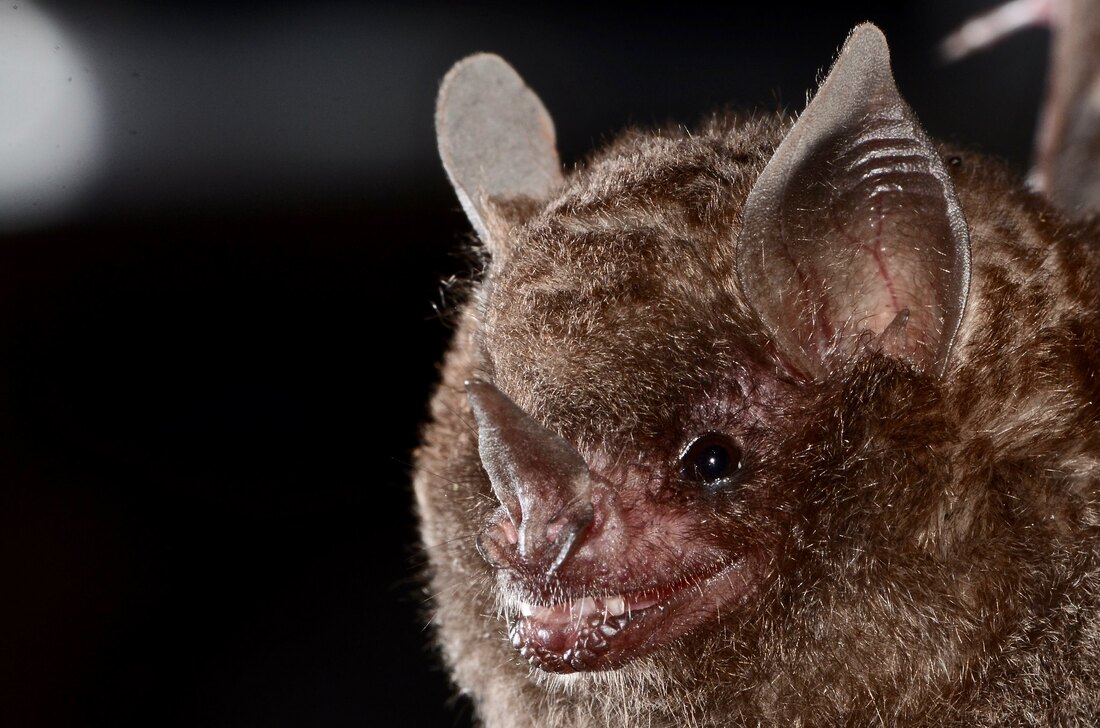Theodore H. Fleming and Angela M. G. Martino Many phyllostomid species, especially frugivores in subfamilies Carolliinae and Stenodermatinae, are common members of neotropical mammal communities. As in other animals, population sizes of these bats reflect the size of their resource base – large for fruit and much smaller for nectar and animal prey. Colony sizes are correlated with the size of their roost structures – larger in cave or cave-like roosts – the most common roost type in these bats – and much smaller in tree or foliage roosts. Stenodermatines and animalivorous species live in smaller colonies than most other phyllostomids. From a landscape perspective, phyllostomid populations occur either in a few relatively large colonies in widely scattered caves or in many smaller, more closely spaced colonies in trees, including foliage. Colony size in many species often changes seasonally in response to changes in resource availability and reproductive activities. Because of their low reproductive output, growth rates of most phyllostomid populations are low, and many species likely live at their habitat’s carrying capacity as set by resource levels and roost availability. Some species, usually plant-visitors, undergo altitudinal or latitudinal migrations. Most phyllostomid populations harbor substantial amounts of genetic variation, and the extent of genetic subdivision between populations (or metapopulations) tends to be low. Habitat destruction or fragmentation, widespread in the Neotropics, will undoubtedly have important consequences for phyllostomid populations with animalivorous species being more strongly affected negatively than plant-visiting species because of their smaller population sizes and lower mobility in fragmented landscapes.
0 Comments
Leave a Reply. |
Meet the editors!
Theodore H. Fleming, Liliana M. Dávalos, & Marco A. R. Mello Keywords
All
|

